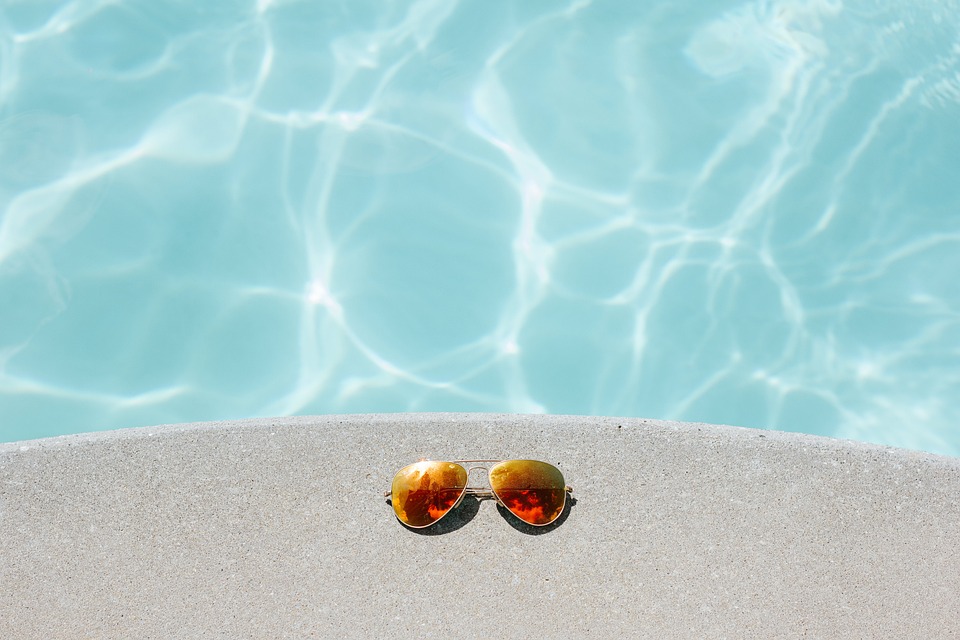Filter Cleaning: The pool filter needs to be cleaned regularly to remove debris and maintain its efficiency. This can be done by backwashing the filter or performing a deep cleaning depending on the type of filter.
Having a sparkling clean swimming pool is a dream for many homeowners, especially during the scorching summer months. While regular pool maintenance includes skimming leaves, balancing chemicals, and vacuuming the pool floor, one crucial aspect that often gets overlooked is filter cleaning.
The pool filter plays a vital role in keeping the water clear and free from debris, ensuring a safe and enjoyable swimming experience for all. Over time, as the filter continually traps and removes particles, it becomes clogged, reducing its efficiency and hampering its ability to keep the water pristine. To avoid this issue, regular filter cleaning is essential.
There are different types of pool filters available: sand filters, cartridge filters, and diatomaceous earth (DE) filters. Each of these requires specific cleaning procedures, so it’s crucial to understand the type of filter you have before diving into the cleaning process.
Sand Filters
Sand filters are the most common type of pool filter, known for their low maintenance and excellent filtration capabilities. Typically, sand filters contain a bed of silica sand that captures and prevents particles from recirculating back into the pool.
To clean a sand filter, the most common method is backwashing. This process involves reversing the water flow through the filter, effectively flushing out trapped debris. The pool pump is turned off, and the multiport valve is set to the “backwash” position. The water is then pumped backward through the filter, carrying away dirt and debris.
Backwashing should be performed once the pressure on the filter gauge rises by around 7-10 PSI above the normal operating pressure. It’s crucial to observe the multiport valve while backwashing and only stop once the water runs clear. Afterward, switch the valve to the “rinse” position for a few seconds, ensuring any remaining particulates are flushed out before resuming filtration.
Cartridge Filters
Cartridge filters are another popular option due to their superior filtration capabilities. They contain a pleated polyester fabric, capable of trapping finer debris compared to sand filters. While they require less maintenance than sand filters, they still need regular cleaning to maintain efficiency.
To clean a cartridge filter, remove the cartridges from the filter housing and rinse off loose debris using a garden hose. For deeper cleaning, prepare a solution of water and filter cleaner or mild detergent, soak the cartridges for a few hours, and then rinse them off again. It’s crucial to follow the manufacturer’s instructions when using any cleaning agents to prevent damage.
Cartridge filters typically need cleaning every few weeks during the swimming season, depending on its usage and the pool’s condition. If the filters show signs of significant wear or are no longer effectively trapping debris, it may be time to replace them with new ones.
DE Filters
Diatomaceous earth (DE) filters provide the most thorough filtration among the three types. The filter media consists of fossilized diatoms, creating a fine powder-like substance capable of trapping the tiniest particles. DE filters require regular cleaning to maintain their optimal filtration efficiency.
To clean a DE filter, a process called backwashing is employed similar to that of sand filters. However, DE filters usually have a grid of filter elements coated with DE powder inside the filter tank. To clean the filter elements properly, the DE grid needs to be taken apart, and the old DE powder washed away. Once cleaned, you’ll need to recharge the filter with fresh DE powder, according to the manufacturer’s instructions, before resuming filtration.
Additionally, performing a deep cleaning on a DE filter is recommended at least once a year. This involves disassembling the filter and thoroughly cleaning the internal components to remove any stubborn deposits or buildup that impede filtration.
In conclusion, regular filter cleaning is essential for maintaining a clean and efficient swimming pool. By backwashing the sand or DE filters as necessary and performing regular maintenance on cartridge filters, homeowners can ensure optimal performance of their pool filtration system. Remember to follow the manufacturer’s instructions and consult a professional if unsure about any aspect of filter cleaning. By devoting some time and effort to filter maintenance, you’ll enjoy a clean, sparkling pool all summer long.
Regular filter cleaning is crucial for maintaining a clean and efficient swimming pool. Different types of filters, such as sand filters, cartridge filters, and DE filters, require specific cleaning procedures. For sand filters, backwashing is the most common method, which involves reversing the water flow to flush out trapped debris. Cartridge filters require removing the cartridges, rinsing off debris, and occasionally soaking them in a cleaning solution. DE filters also require backwashing but also involve taking apart the filter elements to clean and recharge them with fresh DE powder. Regular filter cleaning ensures optimal performance and a sparkling pool all summer long.
